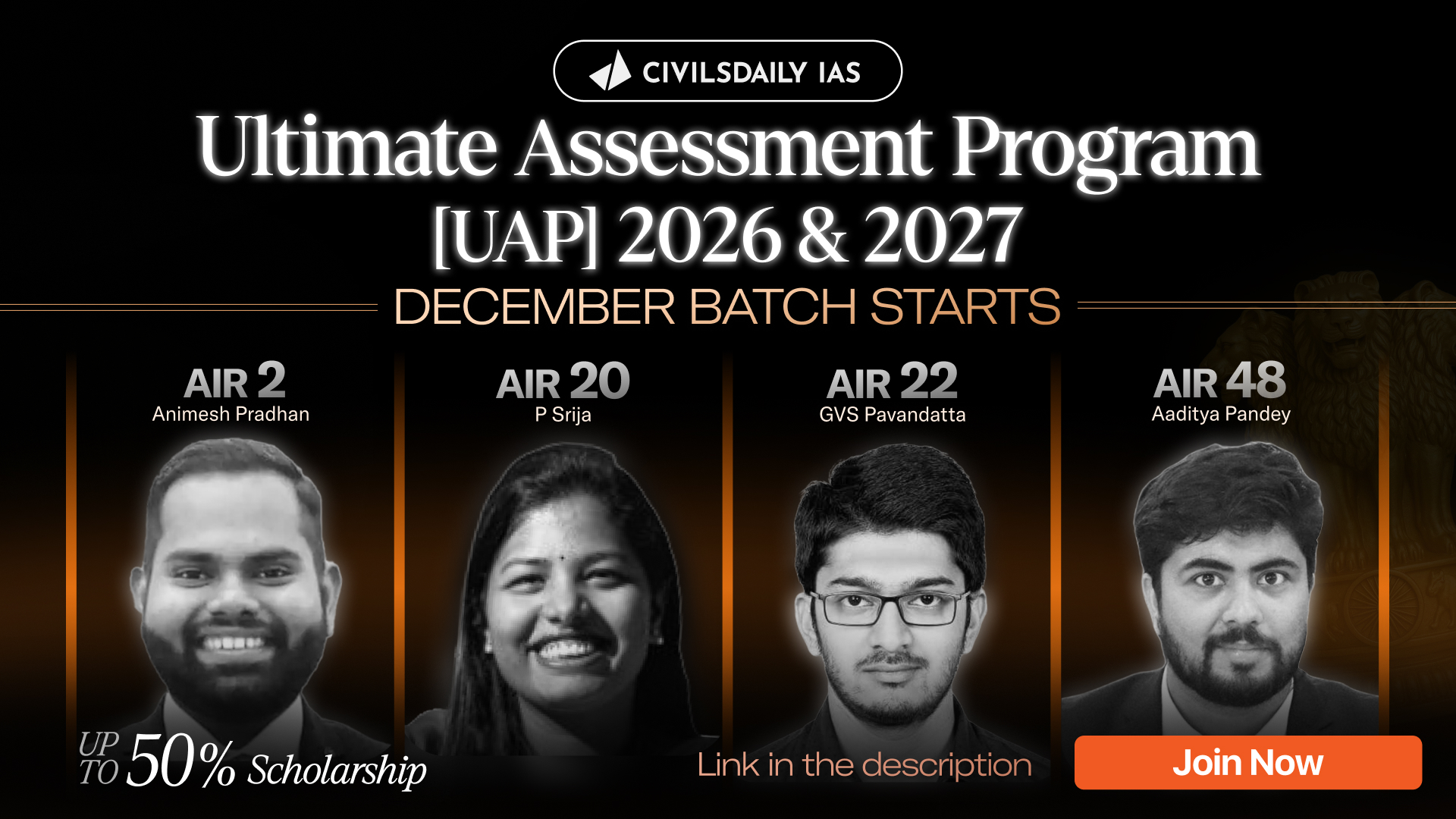Archives: News
Disinvestment in India
Privatisation of public sector enterprises in India
From UPSC perspective, the following things are important :
Prelims level: Not much
Mains level: Paper 3- Privatisation of PSUs
Indian Navy Updates
What is Project Seabird?
From UPSC perspective, the following things are important :
Prelims level: Project Seabird
Mains level: Need for a naval base
Indian Missile Program Updates
Successful test-fire of Agni-Prime Missile
From UPSC perspective, the following things are important :
Prelims level: Agni Missiles
Mains level: India's missile arsenal
Fertilizer Sector reforms – NBS, bio-fertilizers, Neem coating, etc.
[pib] India to become self-reliant in Phosphatic Fertilizers
From UPSC perspective, the following things are important :
Prelims level: Fertilizers
Mains level: Fertilizer subsidies in India
Modern Indian History-Events and Personalities
[pib] Bankim Chandra Chattopadhyay
From UPSC perspective, the following things are important :
Prelims level: Bankim Chandra Chattopadhyay
Mains level: Literary movements during freedom struggle
Nobel and other Prizes
Sainath awarded 2021 Fukuoka Prize
From UPSC perspective, the following things are important :
Prelims level: Fukuoka Prize
Mains level: Not Much
Agricultural Sector and Marketing Reforms – eNAM, Model APMC Act, Eco Survey Reco, etc.
Fighting hunger needs fighting climate change
From UPSC perspective, the following things are important :
Prelims level: SDGs
Mains level: Paper 3- Climate change and its implications for hunger
Foreign Policy Watch: India-Africa
India-Africa relations
From UPSC perspective, the following things are important :
Prelims level: India-Africa Forum Summit
Mains level: Paper 2- India's policy for African countries
LGBT Rights – Transgender Bill, Sec. 377, etc.
Issues faced by India’s sexual minorities
From UPSC perspective, the following things are important :
Prelims level: Article 15
Mains level: Paper 2- Rights of sexual minority
Coronavirus – Health and Governance Issues
Tackling vaccine hesitancy challenge in rural India
From UPSC perspective, the following things are important :
Prelims level: Not much
Mains level: Vaccine hesitancy
Intellectual Property Rights in India
Digital Millennium Copyright Act
From UPSC perspective, the following things are important :
Prelims level: Digital Millennium Copyright Act
Mains level: GoI-Twitter row
Industrial Sector Updates – Industrial Policy, Ease of Doing Business, etc.
MCA raises threshold of Small and Medium Companies
From UPSC perspective, the following things are important :
Prelims level: Small and Medium Companies
Mains level: MSME sector updates
Historical and Archaeological Findings in News
Skull found in China represents a new human species
From UPSC perspective, the following things are important :
Prelims level: Stone age man and his evolution
Mains level: Not Much
New Species of Plants and Animals Discovered
Species in news: Euphlyctis Kerala
From UPSC perspective, the following things are important :
Prelims level: Euphlyctis Kerala
Mains level: NA
Where is the Indian rupee headed?
From UPSC perspective, the following things are important :
Prelims level: Factors affecting currency's value
Mains level: Paper 3- Factors affecting rupee's value
Microfinance Story of India
Microfinance institutions
From UPSC perspective, the following things are important :
Prelims level: MFIs
Mains level: Paper 3- Freeing up microfinance institutions
Zoonotic Diseases: Medical Sciences Involved & Preventive Measures
Covid-19 Delta-plus Variant
From UPSC perspective, the following things are important :
Prelims level: Delta plus variant
Mains level: COVID
Insolvency and Bankruptcy Code
Who is a Registered Valuer?
From UPSC perspective, the following things are important :
Prelims level: IBC, Registered Valuers
Mains level: Financial frauds these days
Wildlife Conservation Efforts
What is Ambergris?
From UPSC perspective, the following things are important :
Prelims level: Ambergris
Mains level: Not Much

